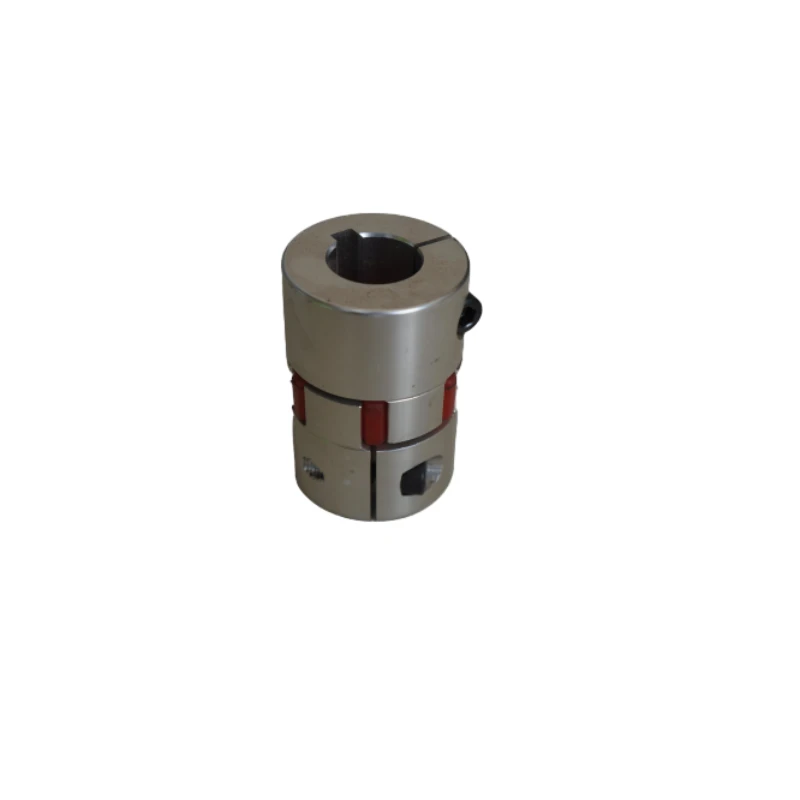High-Quality Precision Casting Components for Various Industrial Applications
Precision Casting Parts The Future of Manufacturing
Precision casting, also known as investment casting or lost-wax casting, has emerged as one of the most effective and versatile methods for producing complex components with high dimensional accuracy. As industries demand greater precision and efficiency in manufacturing, precision casting parts have gained prominence in sectors such as aerospace, automotive, medical, and electronics. This article will explore the fundamental aspects of precision casting, its advantages, applications, and the future outlook of this innovative manufacturing process.
What is Precision Casting?
Precision casting involves a series of intricate processes that allow manufacturers to create complex shapes and designs with minimal tolerances. The process begins with creating a wax pattern of the desired part, which is then coated with a ceramic material to form a mold. Once the mold is hardened through heat or chemical processes, the wax is melted away, leaving a cavity that takes the shape of the original wax pattern. Finally, molten metal is poured into the mold, solidifying to form the precision casting part.
One of the key advantages of precision casting is its ability to produce parts with excellent surface finishes and dimensional accuracy. This is particularly crucial for industries that require tight tolerances and detailed geometries. The process can accommodate a wide range of metals, including aluminum, steel, stainless steel, and various alloys, making it highly adaptable to different manufacturing needs.
Advantages of Precision Casting Parts
1. High Precision and Accuracy Precision casting allows for the production of intricate shapes with tolerances as tight as ±0.1 mm. This level of precision reduces the need for extensive machining, thereby saving time and costs in production.
2. Complex Geometries Precision casting can produce components with complex designs that would be difficult or impossible to achieve through traditional machining methods. This flexibility allows engineers to innovate and design parts that optimize performance while minimizing weight.
3. Material Efficiency The precision casting process is highly efficient in terms of material usage. The process generates less waste compared to machining, which often requires cutting away large volumes of material from a solid block.
4. Scalability Precision casting is suitable for both small-scale prototypes and large-volume productions. Once the mold is created, it can be used to produce thousands of identical parts, making it an ideal solution for mass production.
precision casting parts

5. Cost-Effectiveness Although the initial costs for tooling and molds can be high, the reduced machining and material costs lead to significant savings in large production runs. As a result, precision casting becomes economically viable for high-demand products.
Applications of Precision Casting Parts
Precision casting parts are widely utilized across various industries. In aerospace, precision cast components are critical for engine parts, turbine blades, and structural components where both weight reduction and durability are paramount. The automotive sector also relies on precision casting for numerous parts such as transmission housings, engine blocks, and suspension components.
In the medical field, precision casting is essential for producing surgical instruments, implants, and prostheses with exact specifications to ensure optimal performance and patient safety. Similarly, the electronics industry utilizes precision casting for components like housings and connectors, where tight tolerances are required to ensure functionality and reliability.
The Future of Precision Casting
As technology continues to advance, the future of precision casting appears brighter than ever. Innovations such as 3D printing and computer-aided design (CAD) are revolutionizing the way molds are created, allowing for quicker adjustments and prototypes. Furthermore, the integration of smart manufacturing technologies, such as IoT and AI, can lead to improved monitoring of the casting process, enhancing efficiency and quality control.
Moreover, with growing concerns over environmental sustainability, the precision casting industry is likely to see increased focus on green manufacturing practices, including recycling and the use of eco-friendly materials. As companies strive to reduce their environmental impact, precision casting may play a significant role in the transition to sustainable manufacturing.
Conclusion
Precision casting parts represent a significant advancement in manufacturing technology, offering unparalleled precision, material efficiency, and cost-effectiveness. As industries evolve and demand for innovation grows, precision casting will continue to play a crucial role in producing complex, high-quality components. The ongoing advancements in technology and a focus on sustainability will drive the future of this method, establishing it as a pivotal process in the modern manufacturing landscape.
-
Precision Sheet Metal Stamping Manufacturer | Fast & ReliableNewsAug.01,2025
-
OEM Sand Cast Pump Valve Fittings - Baoding Hairun Machinery And Equipment Trading Co., Ltd.NewsAug.01,2025
-
Custom OEM Impellers | High Efficiency & PrecisionNewsAug.01,2025
-
OEM Sand Cast Pump Valve Fittings - Baoding Hairun Machinery | Customization, Quality AssuranceNewsAug.01,2025
-
OEM Sand Cast Pump Valve Fittings - Baoding Hairun Machinery And Equipment Trading Co., Ltd.NewsAug.01,2025
-
OEM Sand Cast Pump Valve Fittings - Baoding Hairun Machinery And Equipment Trading Co., Ltd.NewsJul.31,2025















